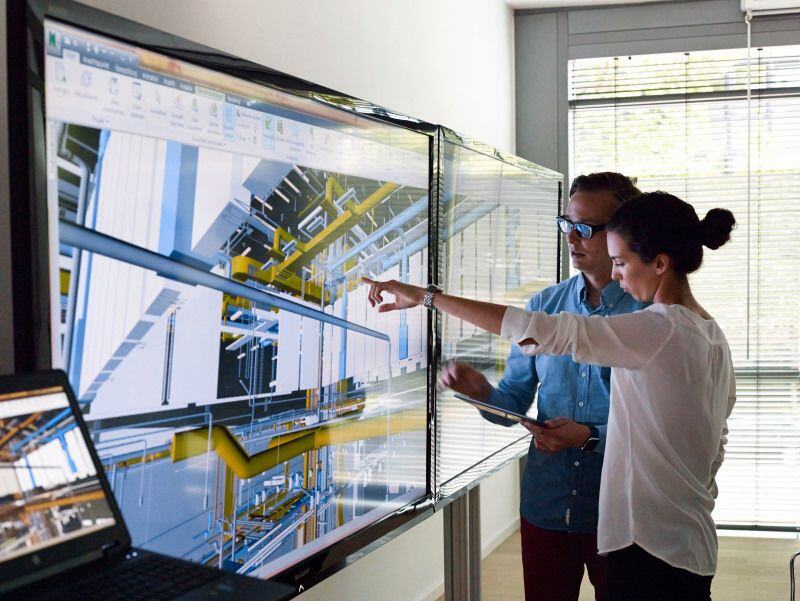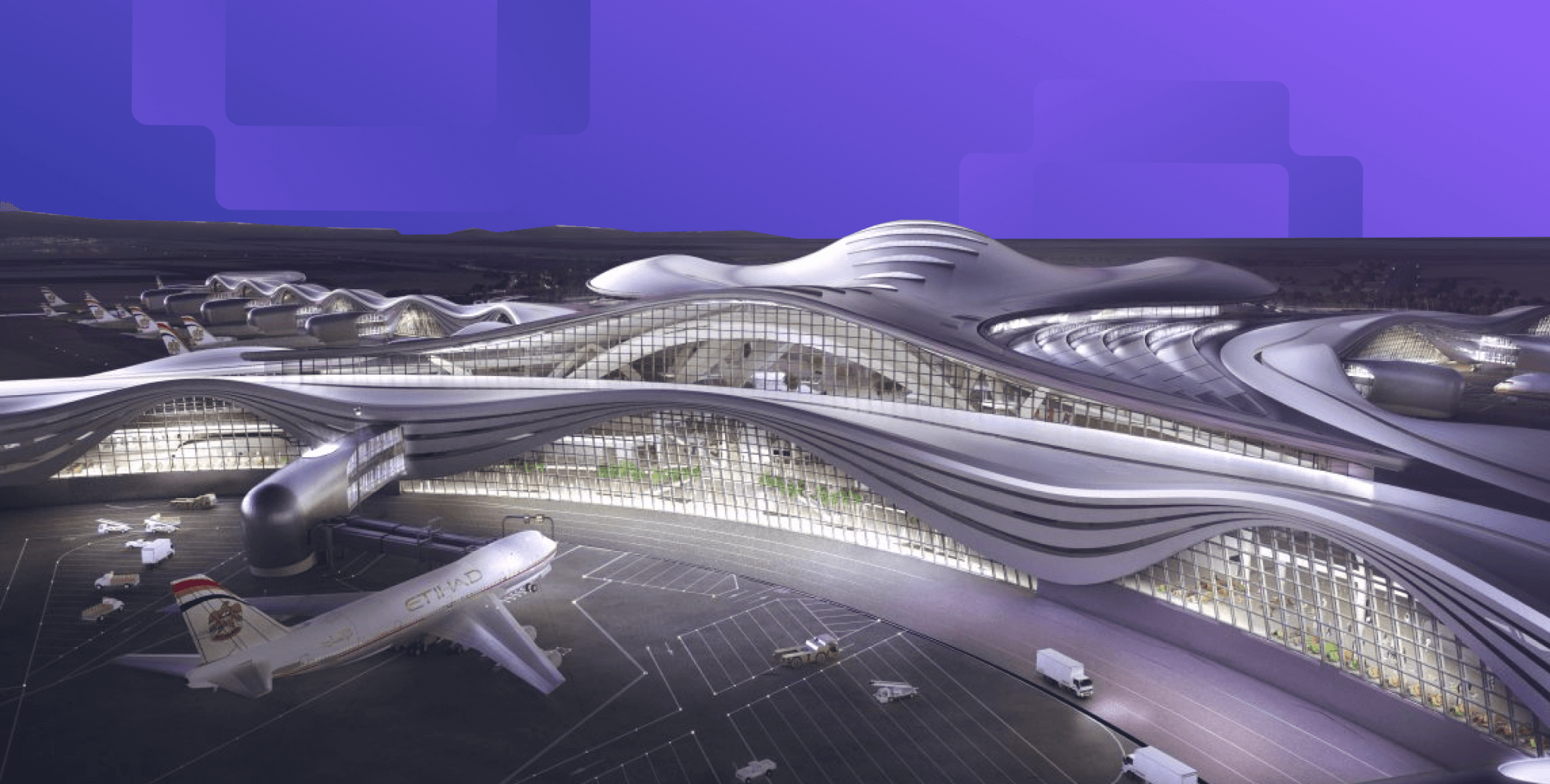The Role of BIM in India’s Public Infrastructure Development

Table of Contents
In this article, we will understand what BIM is, the journey of BIM implementation in India, as well as some of the reasons why the government of India is now using BIM and pushing it for public projects.
What Is BIM?

BIM, or Building Information Modeling, is a highly collaborative process that allows architects, engineers, contractors, and other AEC professionals to work and collaborate on a single 3D model.
The key word which needs to be emphasised in BIM is “information”. BIM is all about sharing and managing information - and a single BIM model contains heaps of data. BIM is slowly becoming a crucial and even mandated process to ensure the planning, design, and construction of buildings across the world.
Also Read: Architecture Thesis Topics: A Comprehensive List of 30 Topics to Pick From 2026
BIM Implementation in the world
Studies show that BIM projects see productivity increases in the range of 75 to 240%. Looking at these massive benefits of using BIM like cost reduction, increased productivity, clash detection etc., countries are increasingly adopting BIM. Let us look at the general statistics of BIM adoption around the world:
United Kingdom - UK is one of the leading BIM implementing countries in the world. The government has mandated a minimum of Level 2 collaborative BIM for all projects.
Europe - A growing number of European governments and public sector organizations have introduced initiatives to promote the wider adoption of BIM at a national, regional, or public estate level.
Netherlands - The Government Buildings Agency in the Netherlands has mandated the use of BIM for public projects in 2014.
Singapore - To promote the use of BIM, the Building and Construction Authority (BCA) made it compulsory to submit BIM plans to get regulatory approval.
India - India has seen slow growth in BIM. Other than a few major projects, BIM is yet to take off. Nevertheless, India has a huge market in BIM outsourcing and the BIM sector in India shows a promising future.
China - China still has a lot of room for BIM to grow and become standardised across the board.
Hong Kong - Hong Kong has an incredible BIM adoption rate and is comparable to the UK in terms of its BIM standards.
Australia - Australia is one of the adopter countries whose rapid performance is outperforming the more established countries in terms of BIM guide, standards, national specification, and corporate research centres.
South America - These territories already have platforms that push BIM, such as the Peru BIM Plan or Chile's “Build 2025” strategic plan.
BIM Implementation in India
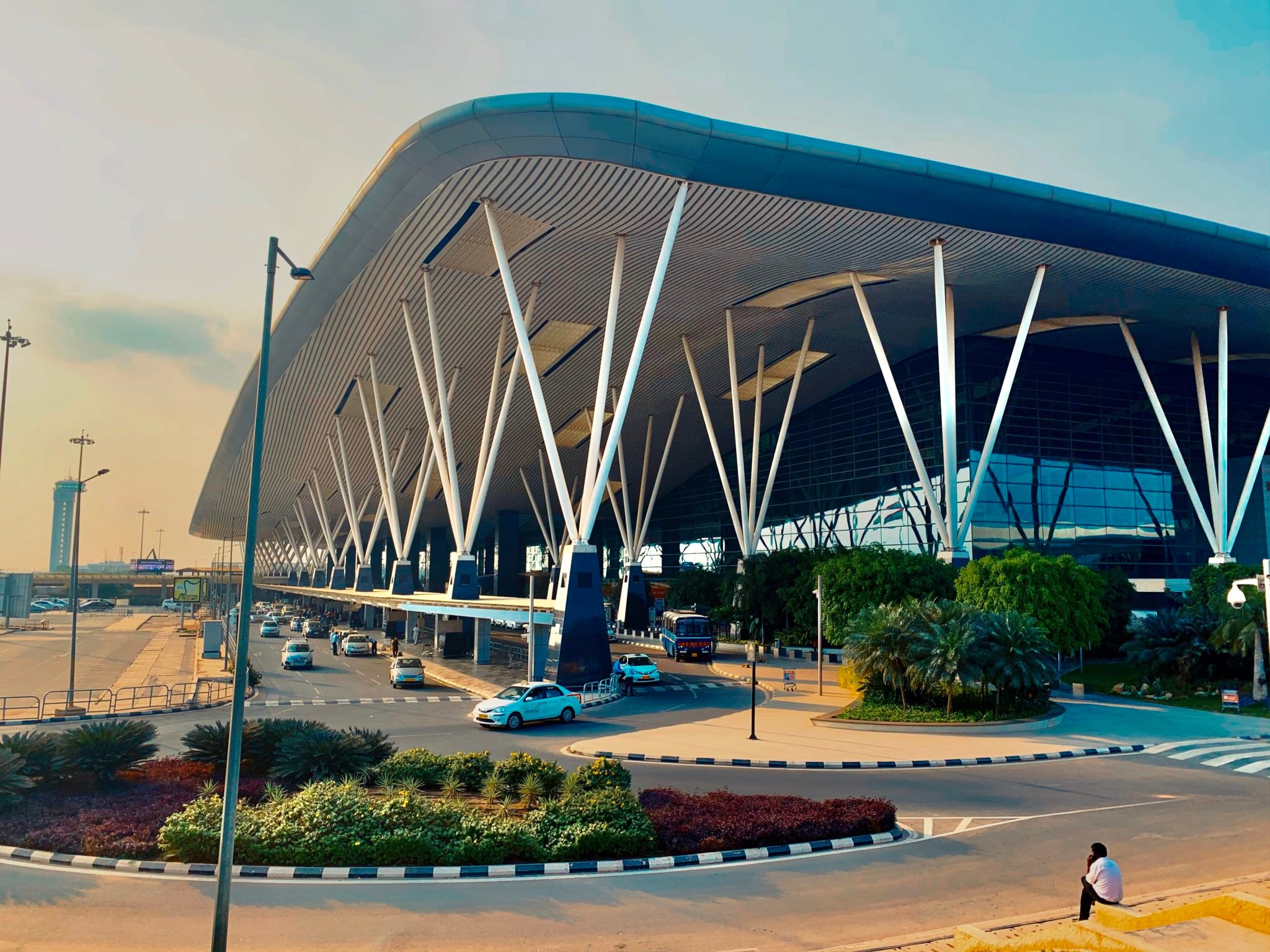
The journey of BIM implementation in India went from “We are not interested” to “A nice tool to have” to “Must-have technology” to “Exploring BIM for greater possibilities”.
BIM made its foray into the Indian Construction Industry towards the end of the first decade of this millennium. The initial interest in BIM in India grew from a need for an interactive tool that simulates the complexities of the project closely, assembles all information in one place, and cross-links the data. In the beginning, however, there was a lot of resistance to the adoption of BIM, due to the unwillingness to change the traditional practices.
For the next 5-7 years, people began looking at BIM as a “nice to have” tool. Around 2015, Project Stakeholders began to see BIM as a “Must Have” tool. By 2026, there was a newfound interest in advanced applications of BIM such as integration with Enterprise Resource Planning (ERP).
As of 2026, the conversations have moved towards advanced applications of BIM. Yet, there’s a long way to go as far as the complete dissolution of resistance is concerned.
Government Initiatives for BIM Promotion
1. The Smart Cities Mission
It was started by the Government of India in 2015 with the aim to develop 100 smart cities throughout the nation. Through it, BIM is gaining traction for urban planning, infrastructure enhancement and resource management in these initiatives.
2. The Digital India
This initiative advocates the integration of digital technologies across multiple sectors, including the construction industry. The adoption of BIM fits completely within the campaign's objective of promoting digital transformation in infrastructure developments.
3. The Ministry of Housing and Urban Affairs (MoHUA)
It has supported the implementation of BIM in urban development projects, while also identifying it as an effective tool for improving efficiency, decreasing waste and enhancing the quality of projects.
Future Scope of BIM in India
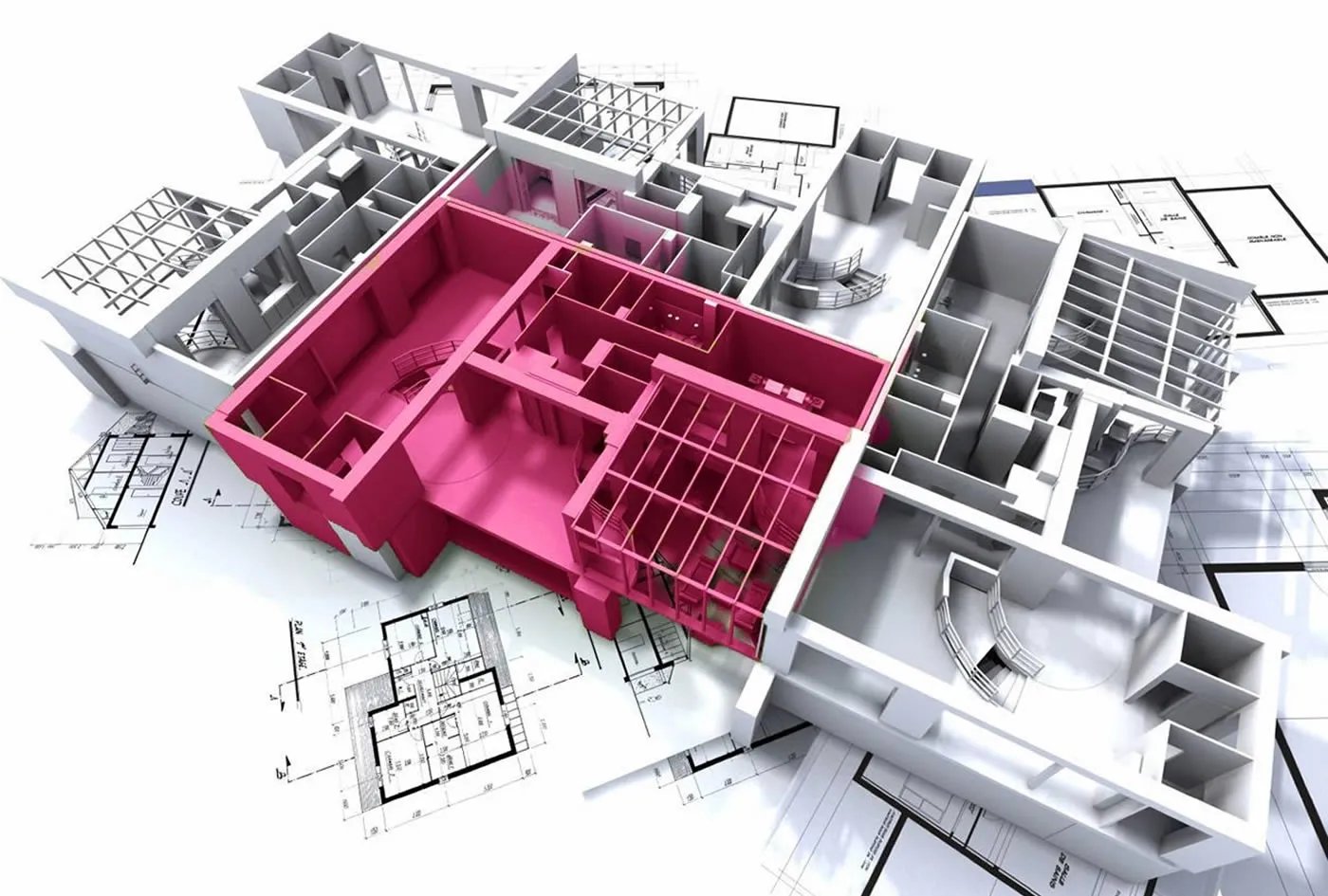
India has a high population density, and its population has even surpassed China. This population will demand more infrastructure, educational spaces, and social housing. As stated by the BIM Academy, according to a 2017-2018 Economic Survey, by 2040, India will require a high investment of around 4.5$ trillion for developing infrastructure and thereby reach its expected economic growth.
This means that without BIM, India won’t be able to fulfil its ambitious goals. In the next few years, BIM will be a multi-billion-dollar business in India. The ability to adopt these new technologies will soon become the bread and butter of innovative architects ready to embrace the future. Here are some factors stating Future of BIM in India:
1. Increased Adoption in Infrastructure Projects
Government-backed mega projects such as Bharatmala, Sagarmala, and metro rail systems, indicate that BIM is expected to become a key tool for ensuring project efficiency and sustainability.
2. Standardization and Policy Development
India is likely to develop detailed BIM guidelines and standards to streamline its adoption across government and private sector projects.
3. Upskilling and Workforce Development
Training initiatives and professional courses, such as Novatr’s BIM Professional Course are expected to play a crucial role in preparing architects and engineers for BIM-centric roles.
Obstacles that slow the full implementation of BIM in India
- High costs involved in the digital transformation of the industry.
- Lack of BIM qualified professionals
- Cost of new BIM softwares
- Lack of trust in implementing new software applications
Also check out: The 6 Challenges of Implementing BIM Faced by the AEC Industry
Reasons Why the Govt of India Is Now Using BIM

1. Reduced Costs
BIM can be used for model-based cost estimation or 5D BIM. This allows all the relevant professionals to envision the cost of the ongoing and future activities to give estimates for the overall project expenditure.
It enables all stakeholders, including architects and owners, to have accurate and transparent budget information to advance the work.
2. Improved Collaboration and Communication
BIM coordination and collaboration implies a coordination process between the various stakeholders involved in a BIM project, with the objective of optimising construction or infrastructure work management.
3. Better Clash Detection
It is also possible to detect internal or external clashes before the first shovel hits the ground. Automated clash detection reduces or altogether eliminates the need for future rework, last-minute changes and unforeseen MEP issues.
4. Improved Sequencing and Scheduling
With the help of BIM, design and documentation can be done simultaneously. With this, documentation can be changed quickly and easily in response to new information or changed site conditions.
5. Increased Quality
BIM tools and cloud technology allow designers, architects, engineers and builders to collaborate closely through all stages of the project. That allows for much tighter control over design execution and technical decision-making during the construction phase.
Also Read: Top 7 Places to Learn BIM (Building Information Modelling) in India
6. Improved Post-Construction Management
The benefits of BIM carry on even after the building has been constructed. Once the building is completed, the next version of the model allows for informing facilities management decision-making and systems, allowing for preventative maintenance and repair.
7. Sustainability
BIM allows us to predict how much energy the building will spend and consume, thereby allowing us to make sure it meets the required environmental standards.
Examples of BIM Projects in India
MAHA Metro
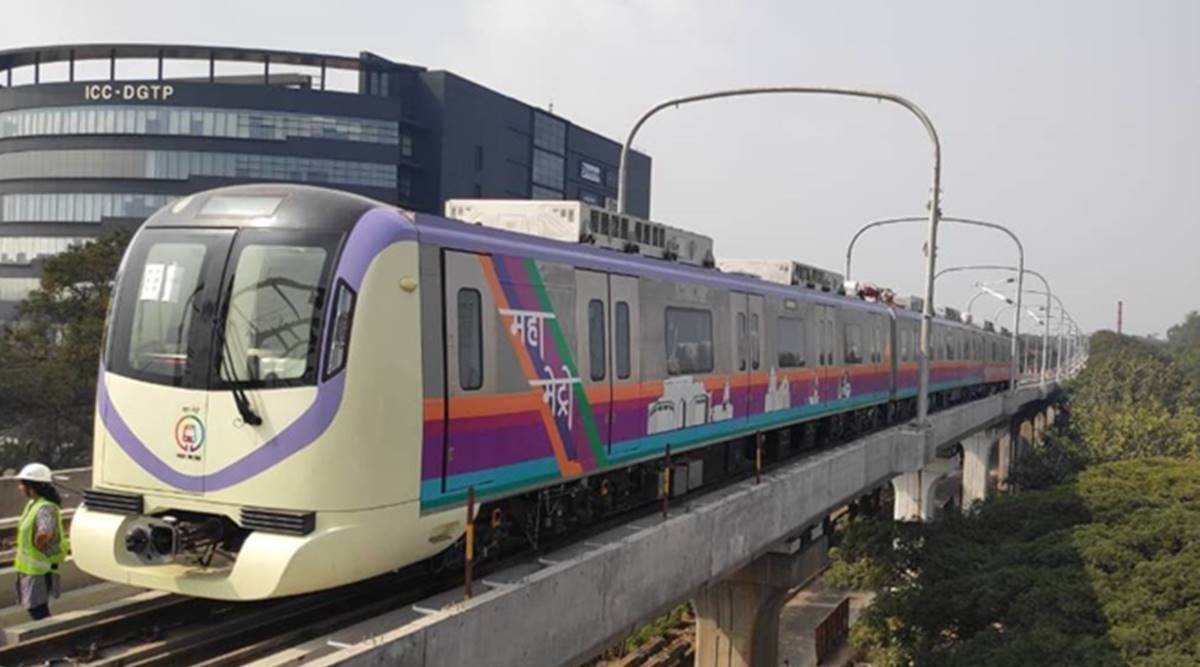
At Nagpur Metro, now MAHA Metro, a 5D BIM digital platform has been implemented since 2015. Maha Metro is the first organisation in the country to implement 5D BIM project visualisation.
Benefits: The benefits included reduced time, effort, and money. The project was also practically free of coordination problems, documentation errors, paperwork or miscommunication between the various stakeholders!
Chenab Bridge
.webp?width=1620&height=1080&name=fi%20(9).webp)
Chenab Bridge is part of the new Baramulla—Srinagar—Udhamptur railway in northern India, crossing the river Chenab in the Kashmir valley. It is one of the tallest and longest-spanning railway bridges of its kind in the world.
Benefits: Increased efficiency and optimization, and clash detection.
Mumbai Airport
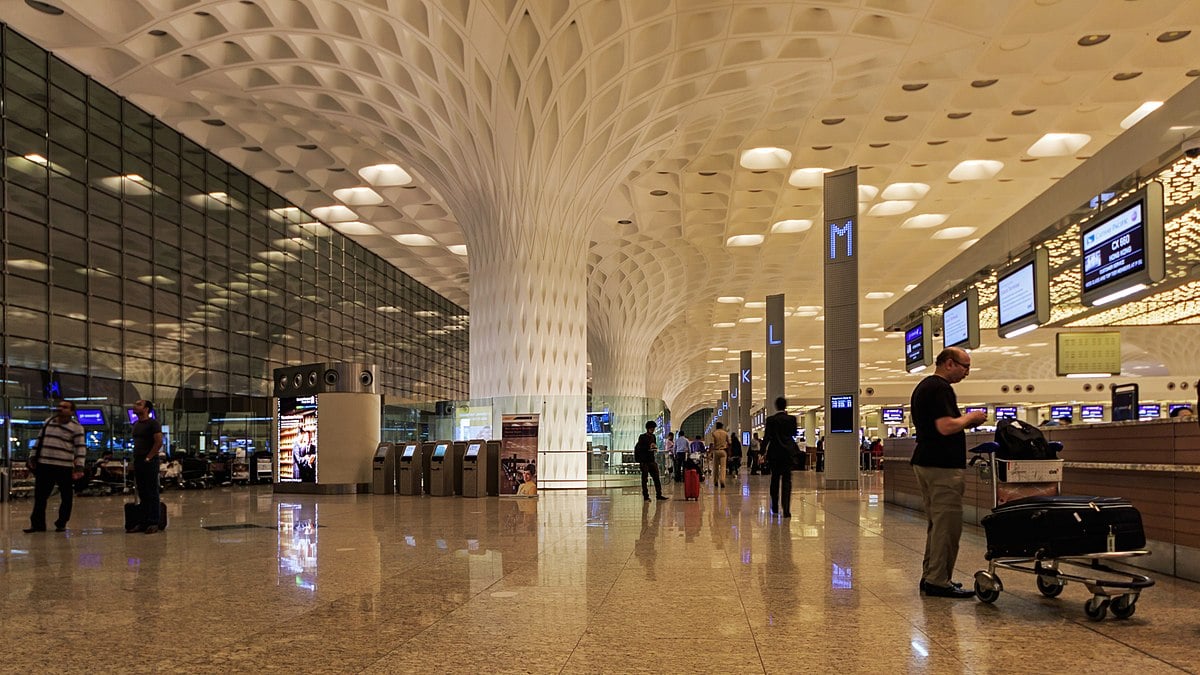
The Chhatrapati Shivaji International Airport Terminal 2 is built as a part of a $2 bn modernisation programme, which was initiated in 2007. The BIM model helped all concerned project stakeholders considerably with clash detection. At the end, walkthroughs were generated from the BIM model which helped the team for inspection during installation as well.
So that’s about it! Join our BIM Professional Course if you want to learn through this method. Take advantage of live lectures, recorded sessions, and your final capstone project to master these complex methodologies.
Go to our Resources page for more insights on AEC careers, software & tools, and industry trends.

 Thanks for connecting!
Thanks for connecting!


.png)




